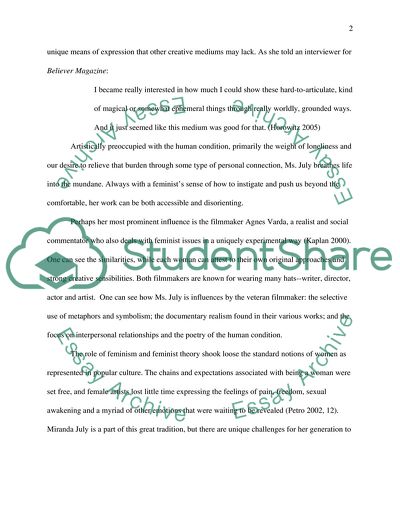Cite this document
(“The World According to Miranda July Research Paper”, n.d.)
The World According to Miranda July Research Paper. Retrieved from https://studentshare.org/visual-arts-film-studies/1572932-women-and-film
The World According to Miranda July Research Paper. Retrieved from https://studentshare.org/visual-arts-film-studies/1572932-women-and-film
(The World According to Miranda July Research Paper)
The World According to Miranda July Research Paper. https://studentshare.org/visual-arts-film-studies/1572932-women-and-film.
The World According to Miranda July Research Paper. https://studentshare.org/visual-arts-film-studies/1572932-women-and-film.
“The World According to Miranda July Research Paper”, n.d. https://studentshare.org/visual-arts-film-studies/1572932-women-and-film.


